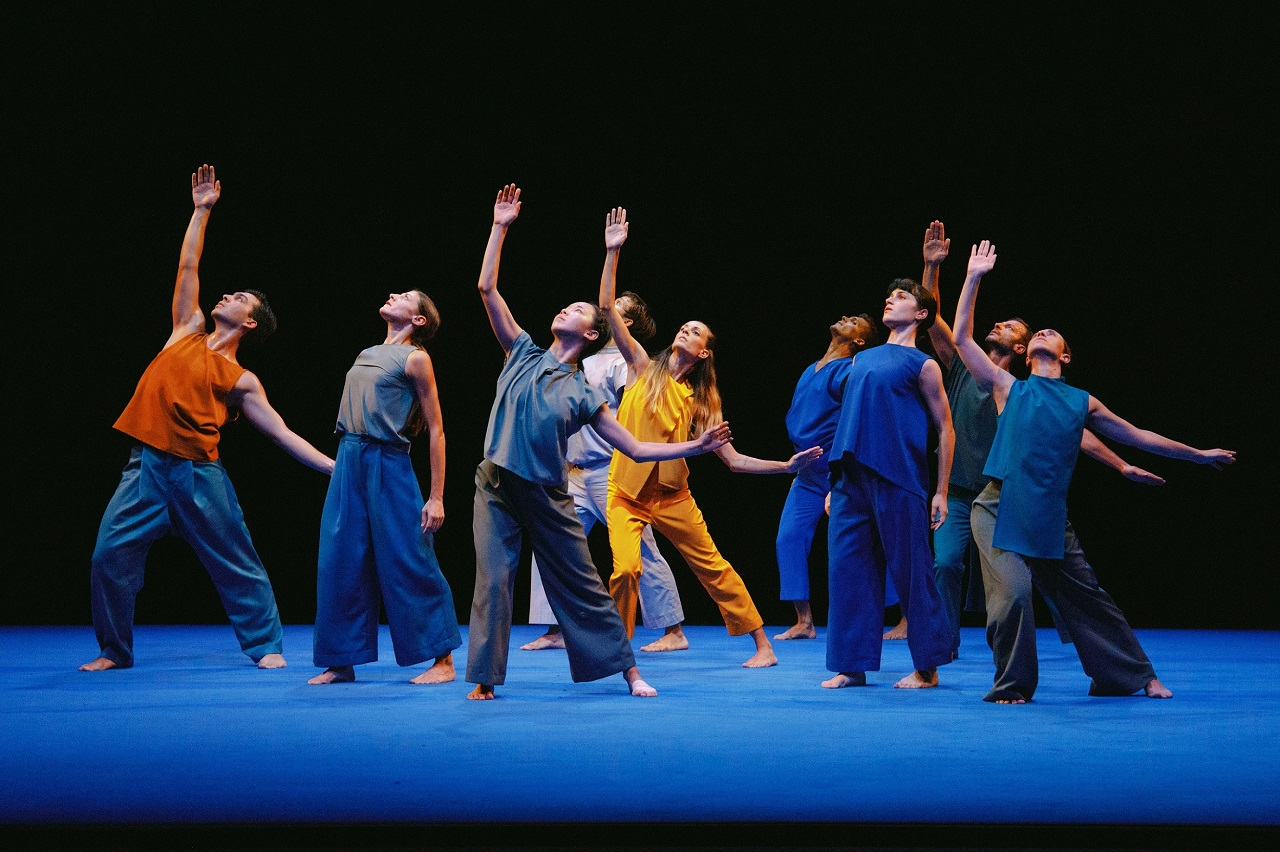Contact
ADDRESS
STAVROS NIARCHOS FOUNDATION
CULTURAL CENTER
364 Syggrou Avenue, Kallithea
TEL.
Box Office:
+30 213 0885700
Box Office email:
boxoffice@nationalopera.gr
Daily 09.00-21.00
info@nationalopera.gr
Register to our Newsletter


Point of No Return
Choreography – Costume supervisor Ioannis Mandafounis
Music Giorgos Koumendakis
Lighting designer Christos Tziogas
Plan B
Choreography Ermira Goro
Music Dimitra Trypani
Set & costume designer Christos Delidimos
Lighting designer Christos Tziogas
Antonis Sousamoglou (violin), David Bogorad (violin), Athanasios Sourgounis (viola), Ioannis Stefos (cello)
Lieder ohne Worte
Choreography – Set designer Konstantinos Rigos
Music Dimitri Terzakis
Set designer Mary Tsangari
Costume designer Yiorgos Mesimeris
Lighting designer Christos Tziogas
Guido de Flaviis (saxophone), Stefanos Nasos (piano), Antonis Sousamoglou (violin), Angela Giannaki (viola)
With the participation of dancers of the GNO Ballet
Greek National Opera Alternative Stage
Stavros Niarchos Foundation Cultural Center

The Greek National Opera Ballet presents a modern dance triptych in collaboration with three acclaimed choreographers, Ioannis Mandafounis, Ermira Goro and Konstantinos Rigos, director of the ensemble. The choreographies hover between classical and modern style, giving the dancers of the GNO Ballet a chance to experiment with new, smaller-scale forms; meanwhile, the music by Giorgos Koumendakis, Dimitra Trypani and Dimitri Terzakis is played live by distinguished musicians.
In Point of No Return, the internationally recognised dancer and choreographer Ioannis Mandafounis composes a modern piece out of dance elements deeply rooted in the tradition of classical ballet. In tune with the music of Giorgos Koumendakis, the GNO Ballet dancers focus on the transparency and authenticity of their moves via the arsenal of classical ballet steps. Although the group experience of their bodies reveals an extremely classical choreographical approach, one may discern the personal identity of the performers as well as a particularly modern treatment of presence and interpretation of movement – obvious elements that indicate the choreographer’s regular touch. “Guided by the title Point of No Return, this dance piece highlights classical technique as performed by a dancer of today, without falsifying it. Joy, communication, complex choreography and performing immediacy are some of the elements presented by the dancers and shared with the public”, according to Ioannis Mandafounis. Giorgos Koumendakis’ music, both in Point of No Return for string quartet (2008, dedicated to the Kronos Quartet) and in Typewriter Tune for violin solo (2004), follows the example of the “anonymous” folksong creators, “recasting or recomposing traditional musical themes while retaining their energy and subtlety, the authenticity of their primordial model, their pulse and their soul”.
Ermira Goro, a movement and dance theatre performer always in search for new forms of researching and communicating her ideas, says about the choreography of Plan B: “Plan B is a choreographic experiment on rigorously structured, asymmetrical sonic forms. The dancers move through space in a constantly shifting flux from the particular to the abstract and vice-versa. Plan B, because Plan A proved impossible and Plan C is already taking place”. In tandem, the composer Dimitra Trypani likens her music to a “sonic impression of an imaginary videogame in a single-level environment which is to be traversed by the player. However, within this level, there are many ‘trap-rooms’ in quick, unexpected succession, often without warning. The player’s goal, of course, is to survive until they exit the last ‘trap-room’ of the game”.
Finally, the GNO Ballet director Konstantinos Rigos bases his choreography for the third part of this “alternative journey” on three works by the accomplished Greek-German composer Dimitri Terzakis, inspired by the legacy of Greek antiquity and modern Greek history. The Songs Without Words (Lieder ohne Worte), a vocal work from 1994 presented here in its recent (2019) version for viola solo, is a melodic apotheosis based on the musical system of ancient Greece. The composer notes: “To present the infinitesimal melodic nuances and rapidly changing characters, the interpretation of this composition may and must be endlessly free, poetic, songlike, speech-like and, yes, ‘old-fashioned’ – like in the theatre of ancient Greece”. The second work, Resonance of Hell I (Der Hölle Nachklang I, 1992) for alto saxophone and piano, constitutes the composer’s emotionally charged reaction to his unbearable childhood memory of the German Occupation of Greece during the years 1941-1944, while the delicate Words in the Wind (Sprüche im Wind, 2009) consists of ten brief “haikus” for violin and piano.
* Due to the restrictive measures against the pandemic, the performance dates refer to when the production will be recorded so as to be streamed on GNO TV. In case the restrictions are lifted by the end of January, the GNO will announce new performance dates with live audiences.
STAVROS NIARCHOS FOUNDATION
CULTURAL CENTER
364 Syggrou Avenue, Kallithea
Box Office:
+30 213 0885700
Box Office email:
boxoffice@nationalopera.gr
Daily 09.00-21.00
info@nationalopera.gr